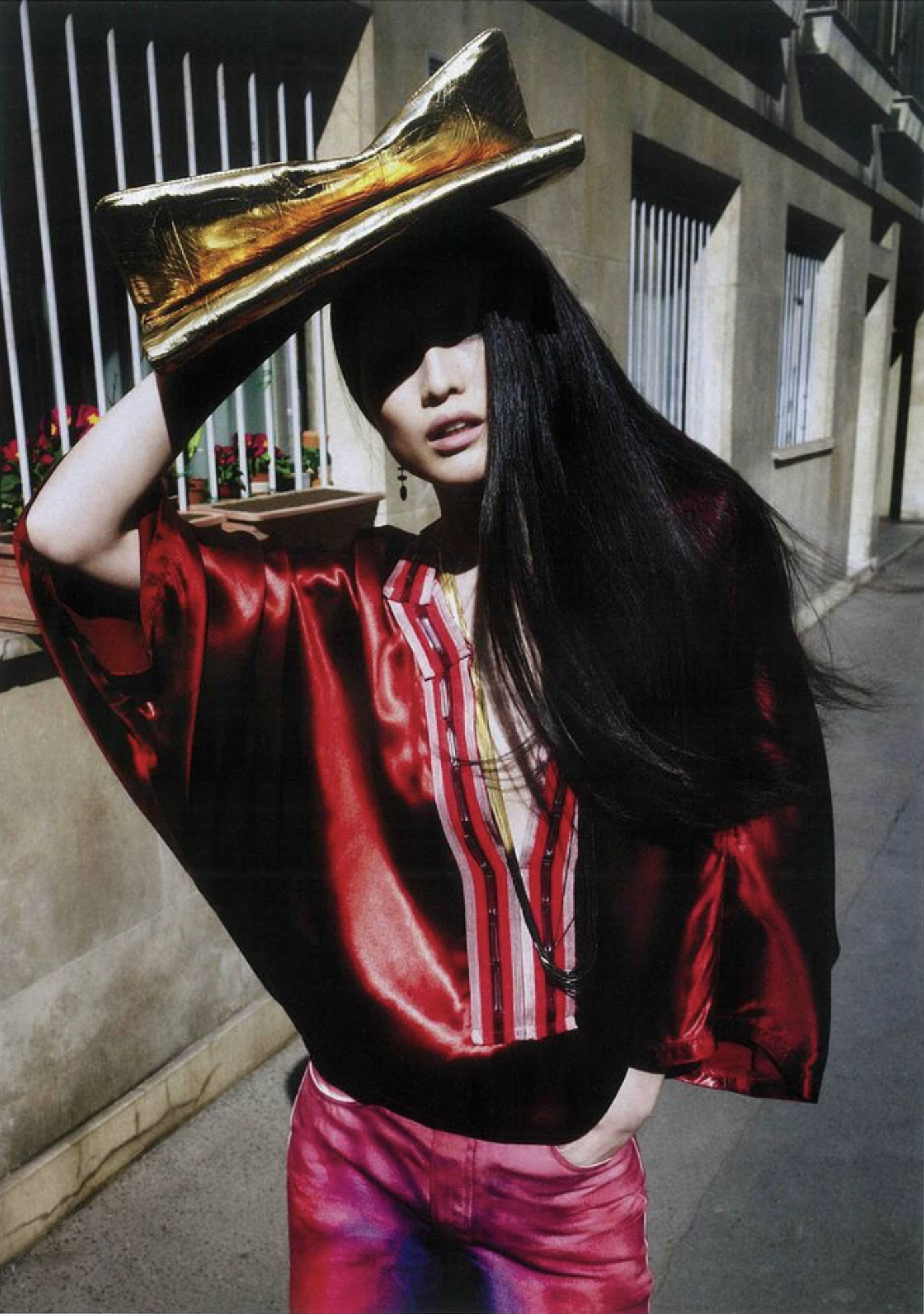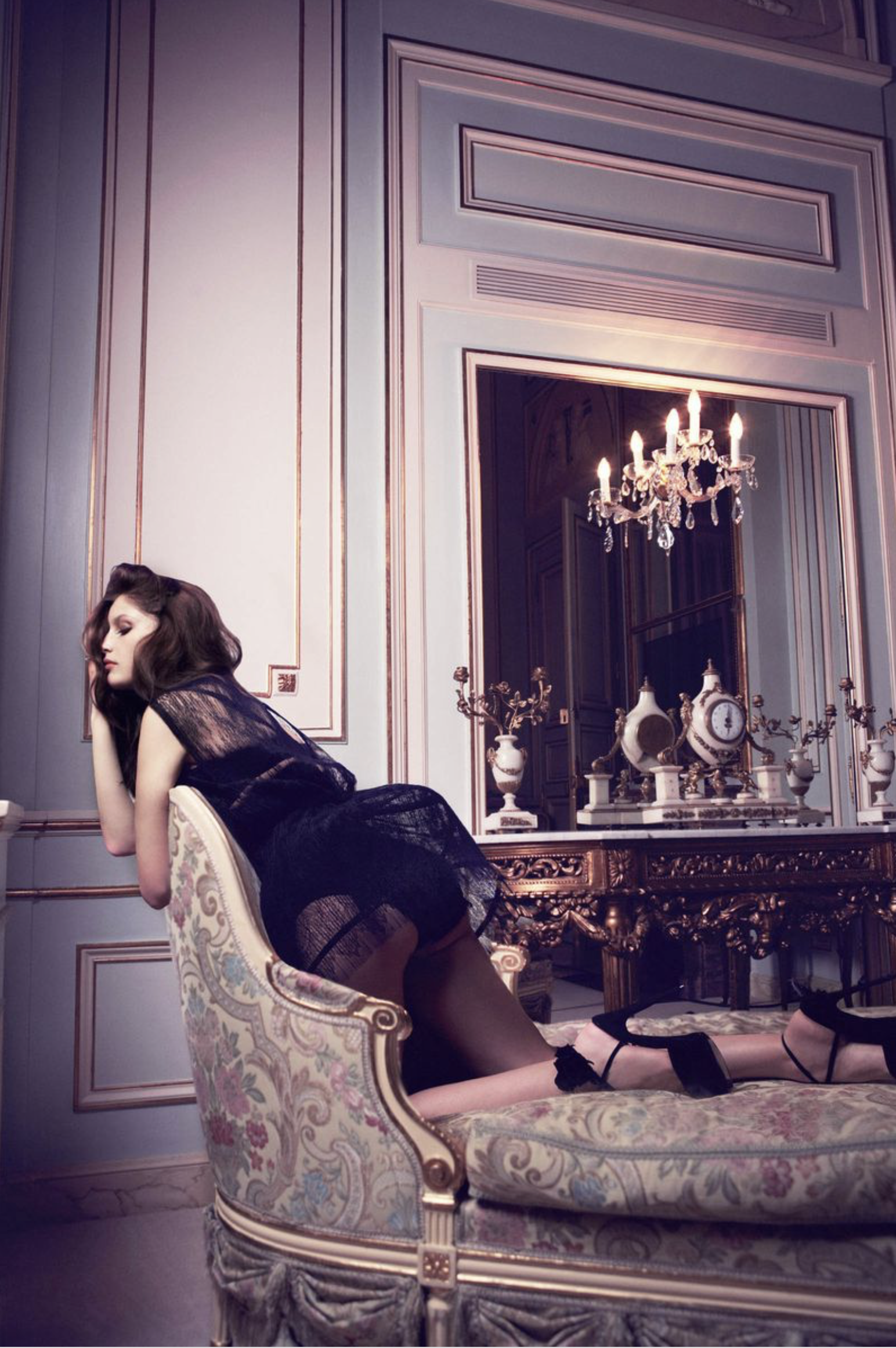Bernard Arnault Explores Luxury Brands & Smart Sensuality Values
/Bernard Arnault is France’s richest man and one of the most influential luxury tastemakers on Planet Earth.
Is Bernard Arnault a Cultural Creative? Hardly, and yet Arnault may be a luxury goods executive in transition. He seems to be a Smart Sensuality guy — the hybrid mix of people who embrace style and luxury concepts — however simple — but with a strong social conscience.
AOC has identified Smart Sensuality thinkers and feelers as the most interesting, challenging and treasured of tomorrow’s consumers.
Arnault confirms in this in-depth article on LVMH Moët Hennessy Louis Vuitton SA, which includes high-end brands Louis Vuitton, Givenchy, Tag Heuer watches, Donna Karan, Fendi and Moët & Chandon champagne, and of Dior and other companies, that he’s involved in talks to invest in a fashion company with ecological and ethical goals founded by a global celebrity. Arnault declined to give details but says philanthropy is a growing focus of his company: ‘It gives people working at the group a feeling that they don’t exist only for cash flow, but for something bigger.’
Acknowledging that philanthropy is important to workers, who don’t only exist to aggregate profit is a Cultural Creative concept. I am not suggesting that Moderns don’t engage in philanthropy, because they do. But the role of “giving” in our lives is not a key tenet of Modern values.
LVMH has a long history of sponsoring some of the fashion industry’s most creative, raw design talent, like Galliano at Dior, Alexander McQueen at Givenchy and Marc Jacobs at Louis Vuitton. (He also tapped Karl Lagerfeld to run Fendi and, most recently, he chose ex-Chloé design chief Phoebe Philo to revive Celine.)
Arnault is known for having patience with a designer’s creative vision, even if—as with Dior—the financial results are mixed.
“Designers are closer to artists than to engineers,” Arnault says. “They’re not like normal managers, and you have to balance their creativity and rationality. John, Karl, Marc, they’re genius. You can’t put them into a rational environment. They’re sometimes late, and you have to accept that if you work with them, you have to be understanding with them.”
Canadian concert pianist Hélène Mercier, married to Bernard Arnault since 1990 and mother of three sons (plus two from Arnault’s first marriage make five Arnault children), describes her husband as an aesthetic, who “likes to be surrounded by beautiful things all the time”.
One of the key intellects in Bernard Arnault’s empire is Marc Jacobs, creative director and design vision for Louis Vuitton. Jacobs has an uncanny sense of popular culture pulse points and can accurately be described as a Cultural Creative designer at heart.
The Jacobs design philosophy is freely expressed at Marc Jacobs and Marc, where politics always plays with the clothes and is a key part of brand identity.
How far the LVMH company will evolve in the more conscientious-consumer, “green”, understated luxury direction is unknown.
The French are already grappling with “new consumer” trends, in merchandising their bottled water, where we see a full declaration of opposing viewpoints between Moderns and Cultural Creatives. See Anne’s: To Diet Coke Or Not: The Beverage Wars Take Shape.
For a guide to the extensive LVMH empire, click here.
I want to compliment the Wall Street Journal again, for publishing online one of the most thoroughly written, informative and non-glossy articles I’ve written about the LVMH luxury empire. Anne










